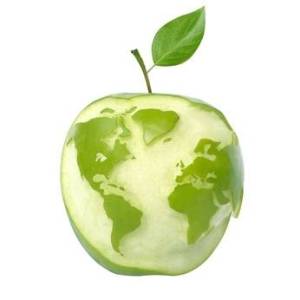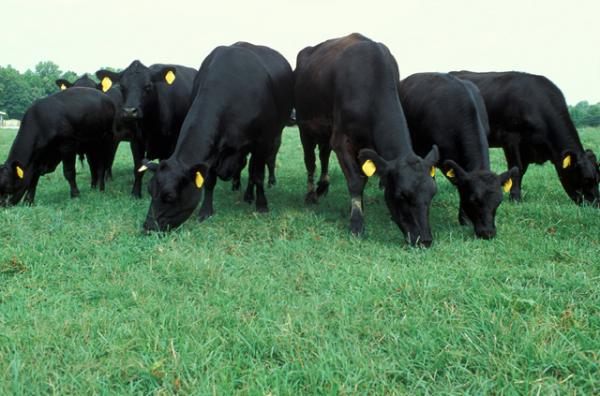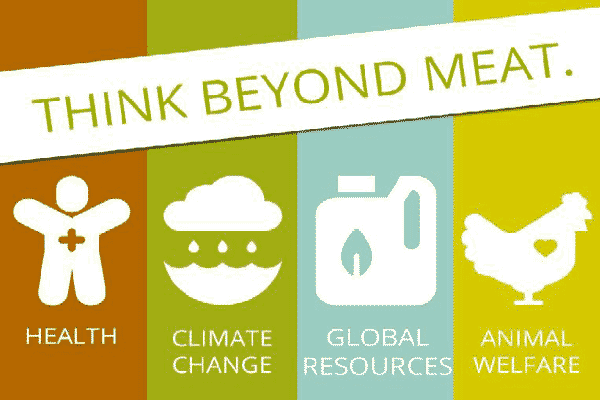New approaches for solving the depletion of global resources
With 7 billions people living on the planet and 230 thousands born everyday, it is estimated that by 2050 the global population will reach at least 9 billions. The more concerning, however, is that it is most likely that food consumption will double by 2050, taking into account the constant increase in food consumption per capita. While some proposals for the solution of increasing food consumption include finding new food resources such as eating insects, algae and seaweed; the solution might be in just releasing the existing food resources from an inefficient chain in which they have been trapped.
In order to produce food, the large amounts of arable land, water and energy are required. The agriculture’s environmental footprint is everything but negligible and it is estimated that 51% of all green house gas emissions is caused only by raising livestock, while only 13% is caused by transportation. Specialists say that if the planet temperature rises by only 2oC, which means that 565Gt of green house gas emission is a maximum load, we will experience severe climate changes: flooding, storms, volcanoes. With livestock producing 32Gt per year, this number is going to be exceeded by 2030 – without any use of fossil fuels.
If we only consider meat production, annually 70 billions animals are being raised for food consumption, and with new trends of adding more proteins to everyday diet, it is likely that meat consumption will double by 2050. For every kg of meat, 7-10 kg of grain feed is required. By year 2050 it would mean investing more resources that water can supply.
Nowadays a lot of research is done in order to get perfect taste and texture of meat from protein rich plant resources. Some of these products are already available on the market. By our choice to eat this “more environment friendly foods” we are not only protecting our planet, we are also solving the problems of overconsumption of fat and cholesterol. By using available technologies food specialists can deliver tasty meat alternatives, with same nutritional value of meat at a lower cost- not only for our pockets, but also for our planet.
Apart from proteins, carbohydrates are the most important dietary component, providing 50-60% of calories to everyday diet, with starch providing half of it. Many of starch rich crops, such as corn, are nowadays being used for production of biofuels and renewable materials. The growth of population would not only mean the increase in food consumption, but also in the energy consumption, and substantially the demand for starch-rich crops will grow. The solution could be the use of renewable nonfood resources, such as agricultural and forest residues to obtain starch by enzymatic transformation of cellulose. This starch can be used for further production of biofuels, as well as for food processing. The research in this area is still to be implemented on a large-scale, but first results promise the decrease of the agriculture’s impact on the environment.




Meat production is certainly growing. The developing countries follow the west. I think that technology will soon start to reduce western appetites for red meat, through the ability to monitor excessive consumption and its health effects.